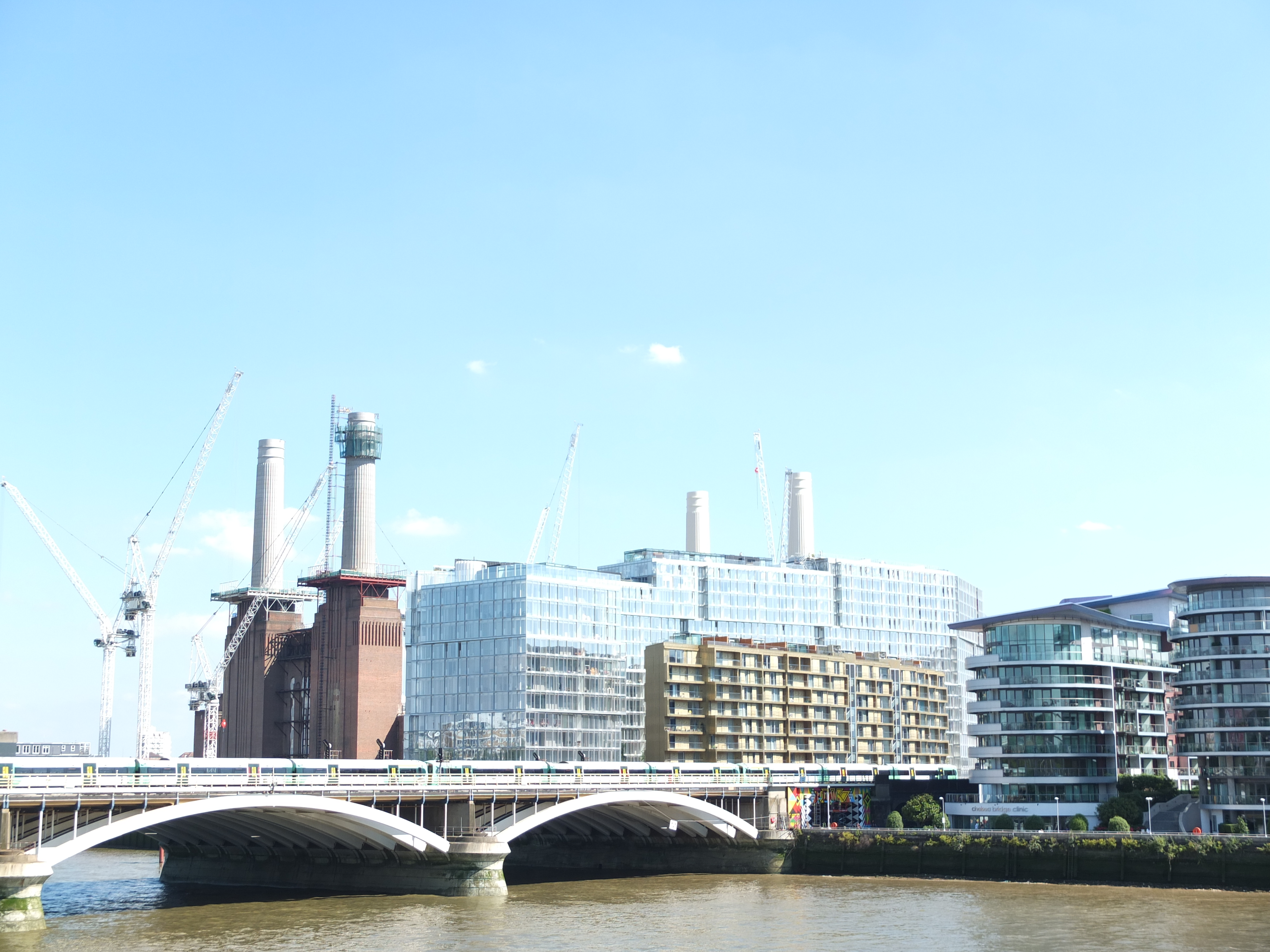
The Social Mobility Commission published their annual report on the problem of social mobility in Britain. This year they placed strong emphasis on new evidence that suggests that for young people obstacles for social mobility are getting worse not better. The evidence they provide highlights four key areas that negatively affect the poor, low-and middle-income families and communities in England: a discriminatory education system, a two-tier labour market, an imbalanced economy, and an unaffordable housing market. LSE London’s Assistant professorial research fellow, Kath Scanlon, contributed to the chapter on housing. In this report, the Commission proposes an ambitious programme that seeks to address these concerns in a ten-year plan of social reform. Click here to access the report in full.
The following is the Executive Summary where recommendations are outlined for the ten-year plan of social reform as it pertains to housing and social mobility
Chapter 5: Housing and Social Mobility
- Home ownership rates among under-44s have fallen 17 per cent in the last decade as their housing costs have grown twice as fast as their incomes.
- Nearly one million more households with children rent privately than ten years ago, but they face higher housing costs than those who own their own homes.
- The gap between the housing haves and have-nots is accentuating the wealth divide: people who own their homes have an average wealth of £307,000, compared with less than £20,000 for social and private tenant households.
- Government schemes to help people get on the housing ladder are welcome, but high house prices mean homes are beyond the reach of almost all average earners.
As part of a ten-year programme of social reform, the Government should:
- Commit to a target of three million homes being built over the next decade with one-third – or a million homes – being commissioned by the public sector.
- Expand the sale of public sector land for new homes and allow targeted house-building on Green Belt land.
- Modify its Starter Home initiative to focus on households with average incomes and ensure these homes when sold are available at the same discount to other low-income households.
- Introduce tax incentives to encourage longer private sector tenancies.
- Complement the Heseltine Panel’s plans to redevelop the worst estates with a matching £140 million fund to improve the opportunities social tenants have to get work.



